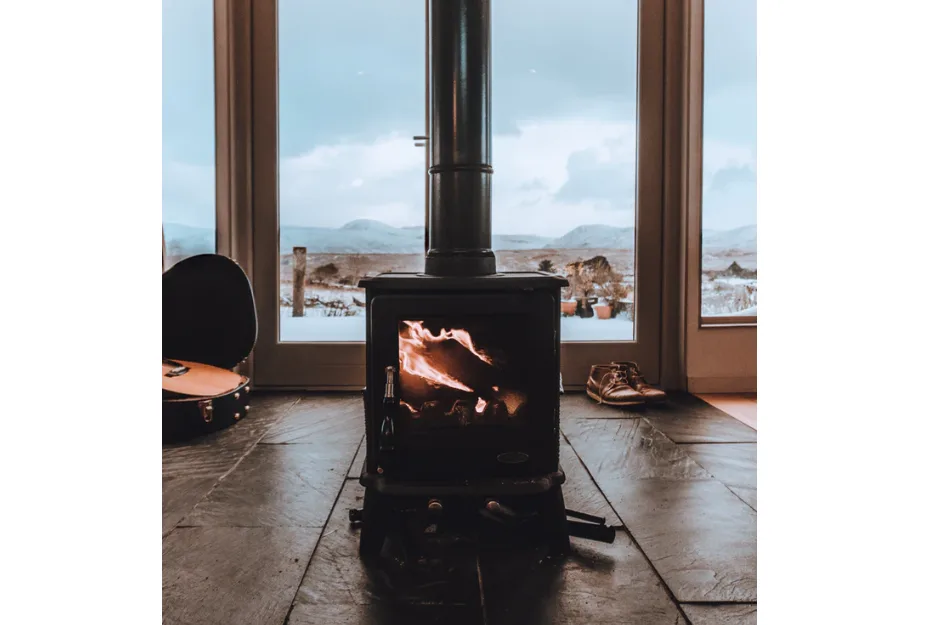
4 strange ways insects can enter your home in the winter
There are a lot of ways bugs can get into your home.
Many of us know about the standard ways bugs can get into your home in the winter. Cracks in windows and doorways, vents, pipes, and chimneys are common entry points.
But there are some other, lesser-known ways insects can hitch a ride inside.
Here are four examples.
1. ON HOUSE PLANTS

File photo courtesy: Pexels.
When the weather gets cold, you may want to bring some of your garden plants inside -- but before you do, inspect them for bugs.
Aphids are a common garden pest that can damage plants by sucking out their sap and, in the process, they can spread plant disease.
Before moving your plants, you'll want to make sure they are de-bugged. You can do this by combining a (very) mild dish soap with water, or using neem oil, or pyrethrum, to spray your plants. After the bugs are gone, you can keep them away with garlic. Some experts recommend pushing a clove or two into the soil, while others say it's best to spray leaves with a watered-down garlic concoction onto your plants.
2. ON FIREWOOD

File photo courtesy: Unsplash.
There are several types of wood-boring insects and fungus that make their homes in piles of wood. If you plan on storing some inside for the winter, be aware of the risks -- because insects like carpenter ants can become a big problem if they move from the woodpile and onto the structural components of your home.
The best strategy to eliminate the risk is to only bring in firewood when you need it and store the rest outside.
RELATED VIDEO: IT'S THAT TIME OF YEAR: MICE ARE LOOKING TO GET INTO YOUR HOME
3. ON YOUR CHRISTMAS TREE
Several tiny bugs can live inside live Christmas trees, including aphids, certain types of beetles, as well as spiders, and moths. When choosing a tree, give it a thorough inspection before purchasing. If it shows any signs of an infestation, don't buy it.
Once your tree is home, consider leaving it in the garage for a few days if you have one. Then, give it a good shake before you take it inside. This will also help dislodge some of the loose needles that would otherwise end up on your floor.
If err on the side of caution, spray the tree with neem oil to deter any remaining bugs.
RELATED: How to mouse-proof your home
4. ON YOUR PETS

Photo courtesy: Kyle Brittain.
When taking your pet for a winter walk, it's important to check your friend for critters, because ticks and fleas can survive in cold weather, although activity may slow down.
Black-legged ticks spend most of their time under forest leaves, where they are protected from the snow and harsh winds. A warm spell that causes snow to melt can make the ticks active again, but the risk is lower in the winter.
Thumbnail image courtesy: Dustin Hume/Unsplash
